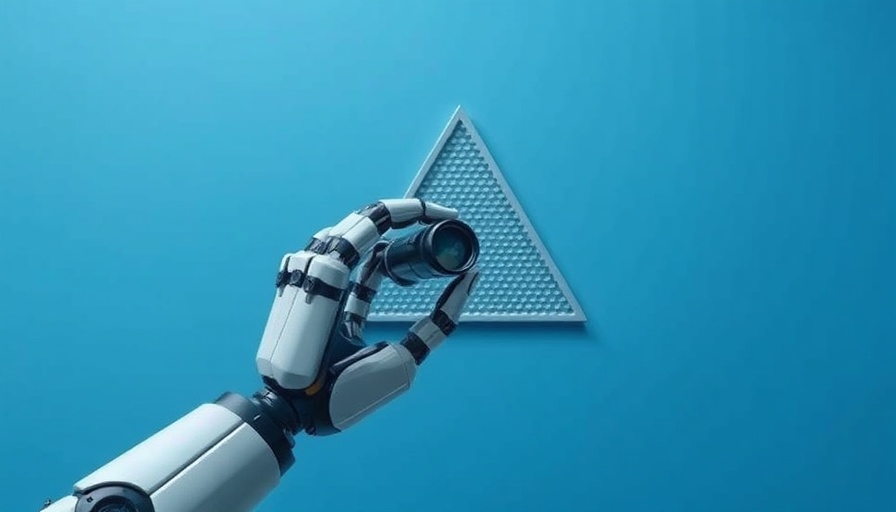
The Importance of Structuring Content for AI
As we navigate the evolving landscape of AI-driven search engines, understanding how large language models (LLMs) interpret web content is crucial. Unlike traditional crawlers, these models don't rely solely on structured data like Schema.org or JSON-LD; they focus on the actual content presented on the page. This shift in paradigm emphasizes the significance of clear and organized content presentation.
How LLMs Understand Information
At the core of an LLM's functionality is its ability to ingest text, analyze relationships, and derive meaning from the words and phrases used. Rather than scanning for metadata tags, LLMs seek semantic clarity. This means that your content should express coherent thoughts, answer questions directly, and segment information logically. Key factors include:
- The logical order of information, ensuring each section flows naturally to the next.
- The use of headings to establish hierarchy and emphasize important concepts.
- Formatting elements such as bullet points and bold text to enhance readability and quick comprehension.
Interestingly, even poorly structured content loaded with keywords can fail to surface in AI summaries, while a well-organized article lacking structured data might still get cited in LLM responses.
The Role of Structure in AI Search Representation
The way AI search engines generate responses marks a significant shift from traditional search engine results. They don't simply return a page; instead, they craft responses using snippets from multiple sources, paragraph by paragraph. To ensure your content gets recognized, focus on:
- Maintaining logical segmentation, where each paragraph addresses a specific topic.
- Consistency in tone and terminology throughout the text.
- Using formats conducive to quick parsing such as FAQs or how-to guides.
- Prioritizing clarity over cleverness in your writing.
By adopting these strategies, you increase the likelihood that your content will be included in AI-generated answers, helping it reach a broader audience and enhance your visibility online.
Practical Tips for Structuring AI-Friendly Content
To make your content stand out within AI frameworks, consider implementing the following practical insights:
- Use Clear Headings: Headings guide readers and models alike, making it clearer what each section covers.
- Employ Lists and Summaries: These formatting techniques help distill information and make it more accessible.
- Reinforce Key Points: Don’t shy away from repeating crucial information, allowing LLMs to easily identify what’s important.
By tailoring your content with these methodologies, you position yourself favorably in ongoing tech trends and disruptions within the industry.
Insights on Future Tech Trends
The future of technology is undeniably shaped by AI, pushing the boundaries of content creation and information dissemination. As we anticipate tech trends for 2025 and beyond, those embracing the nuances of LLM content structure will have the upper hand in creating resonant and impactful communications.
In conclusion, as volatility in technology persists, adapting your content for better visibility in AI searches flags you as an innovator. Embrace the structural adjustments in your writing to not only enhance comprehension but also amplify your digital presence and engagement.
 Add Row
Add Row  Add
Add 




Write A Comment